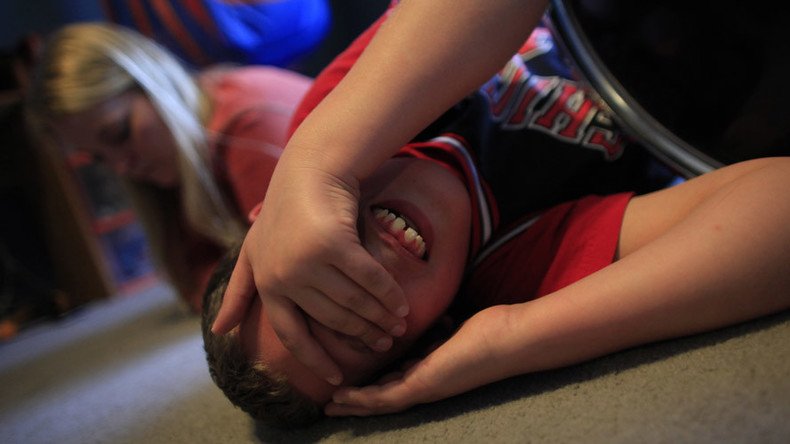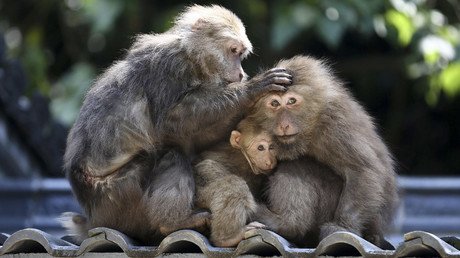Breakthrough method could prevent autism – study

Scientists believe they discovered special cells that may prevent autism from developing in the brains of babies, or even cure the disorder. If proven efficient, the new method could dramatically change the lives of millions of autism-affected people worldwide.
Autism Spectrum Disorder, or ASD, causes a wide range of symptoms that disrupt everyday life and make autism-affected people stigmatized due to their behavior.
People with autism normally have difficulty taking part in conversations, strongly resist any change and often follow unusual rules such as placing objects in stacks or lines. They easily become upset if their routines are disrupted.
As of 2013, one child in 160 worldwide had some form of ASD, according to UN’s World Health Organization. In the US, one in 68 children have been diagnosed with autism, according to 2010 estimates.
Footage of autistic Alaska man’s arrest brings excessive force claims https://t.co/U5huflbaHIpic.twitter.com/zvqsVQTT5b
— RT (@RT_com) January 3, 2016Until recently, there has been no time-proven method of successful treatment of ASD, although the connection between mothers catching a viral infection during pregnancy and the risk of their child developing autism was found in previous studies. But the mechanisms behind this were unknown.
A new study by a research team from New York University Langone took a fresh look and suggested there are immune cells that react to infections by creating “a cellular army” attacking the invading microbes.
A subset of cells, Th17, releases interleukin 17 (IL-17) – a protein that boosts the body's response to better fend off infections. But the newly published study found that activation of Th17 cells and the production of IL-17a do play a role in creating behavioral abnormalities in embryos.
“To our knowledge, this is the first study to identify a specific population of immune cells that may have a direct role in causing behaviors linked to autism,” said immunologist and study author Dan Littman of NYU Langone. “With these study results, Th17 cells, as well as specific proteins they produce, become candidate therapeutic targets as part of future efforts to prevent autism.”
To test the role of Th17 and IL-17a, the scientists triggered their production by mimicking a viral invasion in pregnant mice. They then monitored the mouse babies and assessed whether they showed behavioral abnormalities.
Mice exposed to higher IL-17a levels in demonstrated autism-like symptoms when they were born, for instance, were unable to distinguish between live mice and a toy. They interacted with both equally, whereas normal mice spent more time socially interacting with live mice.
Mice with this kind of immune response involving IL-17a were also more likely to bury marbles found in their cages one after the other in a compulsive, repetitive behavior. But blocking the action of Th17 and IL-17a cells in the mice completely restored normal structure and function to the brains.
Although Dr. Littman and team have patented the methods of blocking IL-17s, it would take years before the study’s outcomes turn into a usable human treatment of ASD.
"What is needed next is a study of viral infection during pregnancy that follows thousands of women, tracking instances of viral infection or flare-ups in autoimmune conditions and the diagnosis of autism spectrum disorder in children over several years,” he said.













